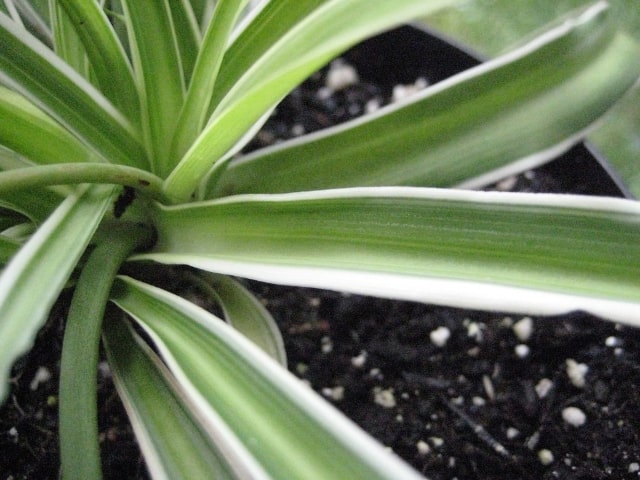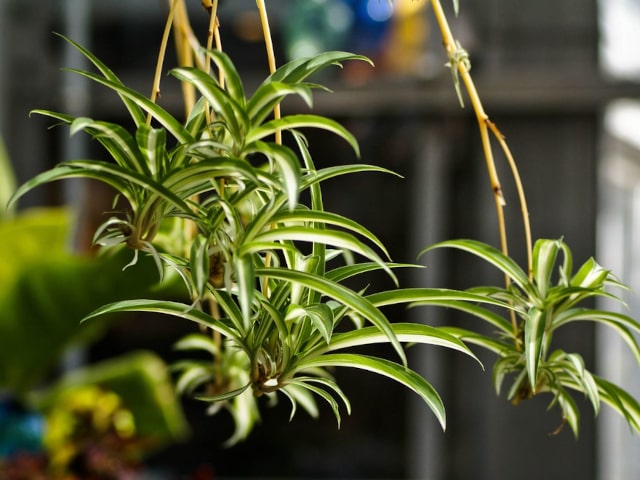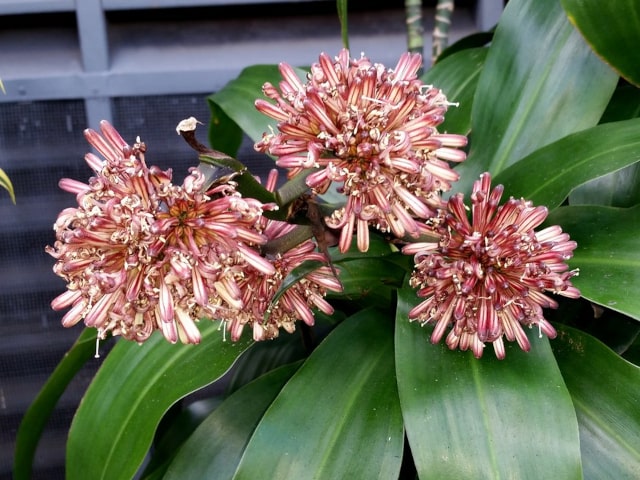
The spider plant (Chlorophytum comosum) is a great plant you can grow in your home. It is also relatively easy to take care for, so it makes a great plant for beginners. It's also considered one of the top clean air plants.
Therefore, the Spider plants offer numerous advantages to home gardeners. They are easy to care for, which means they are great for those who wish to try home gardening for the first time. They are also suitable for not-so-ideal conditions: they are very tolerant and strong. Some would say that only the open neglect can damage them (which doesn't mean you should test this). As great air purifiers, the Spiders are not just handy and beautiful houseplants but can also be very useful.
Spider Plant Basic Information
The Chlorophytum originates from South Africa. This plant can easily be grown in hydroculture (growing in rocks). It should be kept pot-bound and well-fed and it will thrive.
The Spider plant is considered to be a quick grower. It grows by putting out "babies" on long stalks. It has strap-like leaves coming from the center of the plant. They got their name because of the long, spider-like stems. The leaves usually have green edges and white stripes running down the middle. Depending on the variety, other color combinations are possible. For example, some varieties have white edges and a green central stripe. Whatever variety you might wish to grow, there is one thing to pay attention to when purchasing your plant: it should not have leaves with brown tips.
Most homeowners prefer to keep the Spider plants indoors, in hanging baskets. They sure make a charming display and help a lot when it comes to home decoration.
This plant produces small flowers. It fist grows long stalks or stems and these little flowers on them. Finally, it will grow out the aforementioned, decorative hanging "babies". These plantlets make for a charming display and they also make propagating simple and almost effortless.
When the young plants are rooted they can easily be replanted and transplanted outdoors. They can be used for summer bedding. If you choose to plant them this way, though, remember that they will need some protection from direct sun in order to thrive.
It's always easy to tell when you should divide your Spider plant: when the stems fill the pot and when you notice white, worm-like rhizomes bulging on the surface. The Spiders are easy to divide, so you won't have any problems with that.
How to Grow Your Spider Plants
Here are basic requirements for growing your Spider plants. They don't require much care and are easy to grow, so all you need to do is provide them with suitable growing conditions to make them thrive.
- Light: Spider plants can grow in most locations. However, the plant grows rich and thrives when it's placed near a window. Too much light can harm it, though, so make sure to keep it away from midday sun.
- Temperature: These plants are very tolerant of temperature changes. You can keep it in almost any temperature.
- Soil: It's best to use a good soil mix for your Spiders. Soil mixes used for African violets or the ones used in hydroculture give the best results.
- Potting and repotting: As stated above, the Spiders like to be pot bound. You can remove some of the white tubers or rhizomes if they fill out the pot.
Another important thing you should keep in mind is to separate spider "babies" and plantlets when they appear. This process is fairly easy and can be done in a few simple steps:
- First of all, you should prepare small pots. Make sure that they have good drainage layer and soil.
- Carefully, place the new pot next to the parent plant. Gently bend the stem until the plantlet rests on soil. Peg the stem to soil. Firm the soil around the plantlet.
- Watch it grow. When the plantlet grows new leaves, simply cut the parent stem close to plantlet. It's best to use a sharp knife for this.
These are all the basic things you need to know about Spider plant care.
Potential Problems
The Spider plants don't have many issues and they are easy to grow. However, it's important to monitor them closely to notice any signs of pests and illnesses.
In case the leaves are dull and grayish in color, with webs underneath, then it's a sign your plant is infected with Red spider mite. There are several solutions to control this problem. Natural pesticides work the best.
If a plant looks floppy, dull and leggy, try feeding it with a balanced liquid food. It should make it grow stronger.
In case you notice your plant rotting in center, it can be a sign of overwatering. That is a serious problem, and it can damage all your houseplants. You need to allow plants to dry out before you plant them again. You should never let the plant sit in water - this can be very dangerous for its roots.
If you notice that the plantlets pull parent to one side, it's a good sign that you need to repot the parent. You should also use this time to remove extra babies.
In case the leaves are soft and transparent, it is likely cold damage. It can happen when your plant is exposed to low temperature. Move your plant to a warm area and monitor it.
If you notice that the leaves are going brown, it's a sign that the plant is too try or it gets too much direct sunlight. In this case, water it more frequently and move it away from the direct sunlight. Make sure to still give it some good light because it needs light to thrive.
If the leaves are getting all lanky, weak, colorless and dry, it's a clear sign that it's too hot and dry for your plant. Water it more frequently and keep it in a cool place.
Photo credit: Istvan




0 Comments